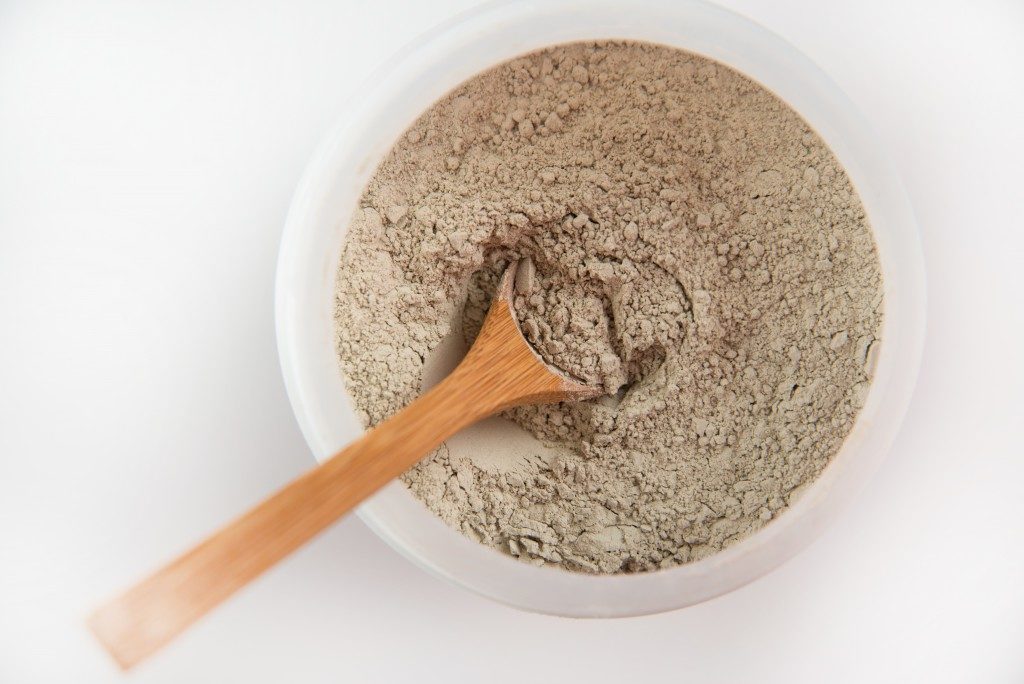It’s a dirty job, but someone has got to do it—or in some cases, something. Wading in a large body of mud would put someone in a precarious situation. It would be hard to estimate how deep it is and what kind of objects or creatures lurk beneath, which is why the submersible slurry pump is a godsend. This equipment is very effective in moving huge amounts of mud, sludge, and any other thick substance. It’s also a great tool for dredging projects.
On the subject of mud, it is a mixture of soil and water. Soil itself is a mixture of materials; clay is one of them. What you are holding in your hand right now may have it as the main ingredient, as are other things you may have stowed somewhere. Find out the many uses of this dirt.
Pottery
Pottery, you say? Is this how they make the pots that you use for plants? The answer is yes, but there is much more to it. There are three kinds of pottery: earthenware, stoneware, and porcelain. Each has its characteristics.
Earthenware has the aptest or most literal name among the three. Soil is earth after all. Earthenware is characterized by being rough to the touch and having a dull finish. Its kiln is heated at 900 to no more than 1,200 degrees Celsius. This is the lowest temperature of the three. It is heated enough to harden but not too much that it reaches vitrification, which is a term referring to making something into glass. This means that it is a less brittle object. Notice that when you break a plant pot and glassware, the latter will shatter into more pieces. Shattered pieces of the pot have edges that are coarse. Here you can feel and see how porous it is.
Stoneware is also an appropriate name. Stoneware is heated at 1,200 to 1,350 degrees Celsius. This makes it harder than earthenware, but still not enough to be vitreous. It is non-porous and can have a glazed finish, which makes it shiny. Shattering will have more compact pieces. Its edges are sharp and powdery to the touch.
Finally, porcelain’s kiln is operated at 1,300 to 1,450 degrees Celsius, making it the hottest. Examples are plates and teapots. They usually come in white and with ornate decorations. Baking at the highest temperatures enables porcelain to reach vitrification, making it the hardest among the three.
Mudpacks

No, you can’t just go out and apply mud to your face. Here’s how they make it.
Heavy equipment goes to a location where they will mine clay. The deeper they dig, the purer the clay they harvest. White clay is the purest.
At this point, what they have are rocks and boulders. These are then loaded onto dump trucks and taken to the factory for processing. There, they are broken down and pulverized. Once turned into powder form, the packing can begin.
The bags of powdered clay are the foundation to which mudpacks are made of. These bags are sent to the cosmetic company, who will then add their own ingredients. Anything that will add vitamins and nutrients for the skin will be added to the mix. Finally, they will put the product in their own decorative packaging. These are now ready to ship to retailers.
Who knew that clay could become something beautiful? The next time you walk outside, you will have a better appreciation for it. Beauty is all around.

